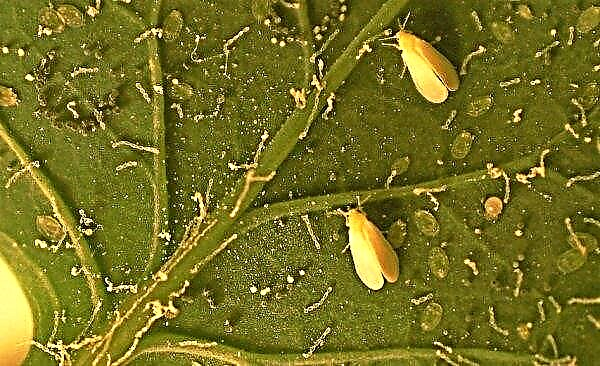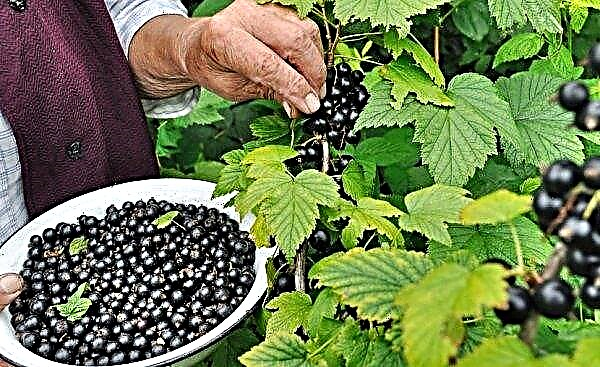The unsightly appearance of foliage on ficuses indicates a clear disadvantage with the plant, but often the causes of the problem due to their diversity are difficult to identify. About why the leaves of the ficus are curled, it will be described later.
Why do ficus leaves curl
The twisting of ficus foliage inward can be caused by agrotechnical miscalculations of the grower, as well as diseases or pests.
Did you know? The most famous ficus, known as a fig tree, fig tree or fig, according to historians, is, apparently, the most ancient plant cultivated by man.
Improper care
Flaws in the care of plants, leading to problems with foliage, are most often expressed in:
- excessive watering, causing waterlogging of the soil and provoking rotting of the root system and trunk;
- deficiency of nutrients in the soil, which the ficus needs at least a dozen for the full growth and development of green mass;
- insufficient lighting;
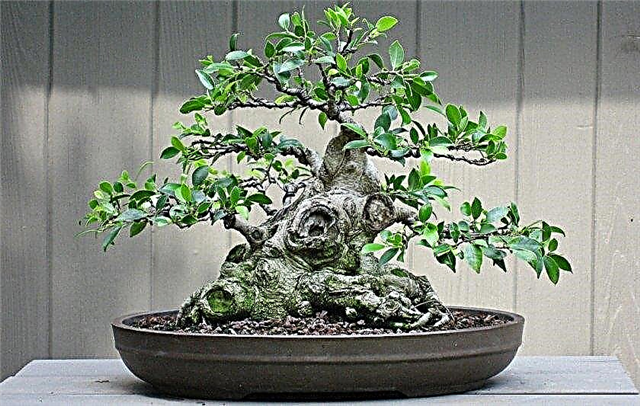
- an excess of direct sunlight, which leads to burns of leaves and their deformation;
- low ambient temperature, which at an index below +12 ° C has a detrimental effect on the plant and its green mass;
- insufficient air humidity, which is optimal for ficuses in the range of 60–70% and should not drop below 50%;
- needs for transplanting into a larger diameter pot.
Important! You should not rearrange containers with ficus from place to place, since these plants really do not like this.
Pest exposure
Quite often, twisting of ficus foliage causes an attack of pests in the form of:
- aphidssucking juice from leaves, which are fought with the help of the Pyrethrum treatment;
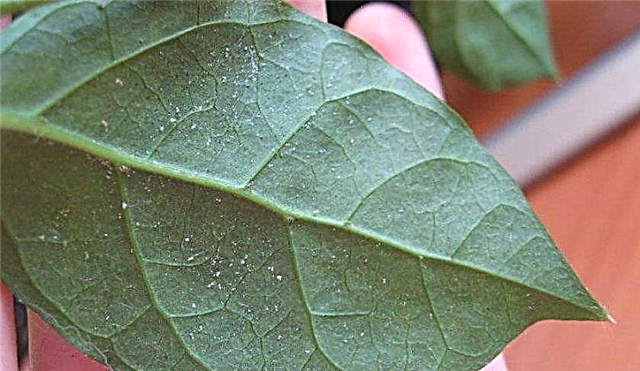
- scale shield, which are small brown bugs parasitizing on the back of a leaf plate, which are controlled by mechanical removal of pests from the plant;
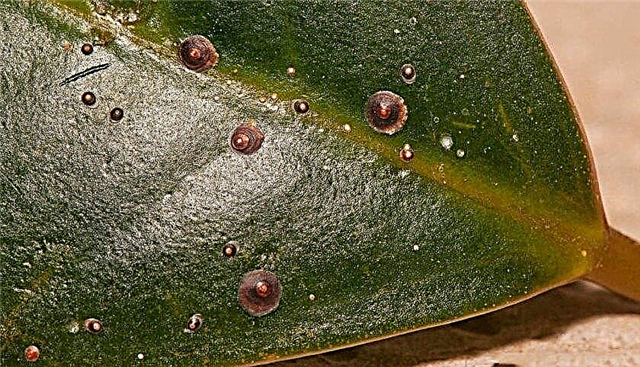
- spider mitesmanifesting their presence with gray-brown spots on the front side of the leaf plates and a thin web, they struggle with washing the green mass with soapy water, treating it with Bordeaux liquid or garlic tincture;
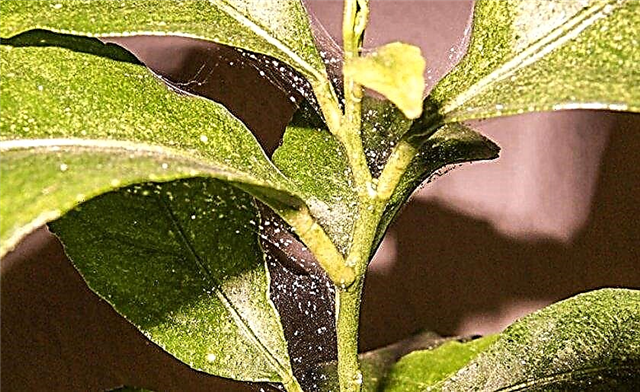
- mealybugeasily recognizable by the cotton-like white coating on the foliage. To get rid of it, you should treat the foliage with a warm soapy solution and apply the Confidor insecticidal preparation;

- thrips, dangerous for their invisibility at the initial stage, which should be combated when dark veins appear on deciduous plates with the help of "Actellik".

Diseases
Ficus leaves also collapse in case of diseases in the form of:
- soot fungus;
- anthracnose;
- cercosporosis;
- botritsa.
Did you know? The ficus growing in the house with the help of its foliage not only frees air from formaldehyde, ammonia, toluene and xylene, but also releases bioactive substances that improve the composition of air.
Sooty mushroom
This disease is manifested by a soot-like coating on the leaf plates, emitting a putrid odor. It appears as a result of the defeat of the plant by a fungus that uses insect waste products for nutrition. To combat soot fungus, a soap solution is used, infected leaves are removed and the bush is treated with fungicides.
Cercosporosis
With excessive humidity in the room with the plant, a fungus appears on its green mass in the form of dark brown or black dots on the back of the foliage, gradually increasing in size. Fungicidal agents are used to combat fungus.

Anthracnose
This disease is characterized by the appearance of red spots on the leaves, which after a short time turn into through holes, which ultimately leads to the death of green mass. To treat the disease, the affected areas are cut off, and the entire bush is sprayed with copper chloride or fungicide.
Botritis
At extremely high temperatures and humidity, the plant may be affected by a fungus that leaves a gray coating on the foliage and forms brown spots with a dark border. The leaves wrap inward, darken and fall down. They fight the disease by introducing antifungal agents into the soil, as well as by removing the affected foliage and treating the bush with fungicides.
What to do and how to save ficus
If in time to establish the cause of coagulation of leaves and take effective measures to eliminate it, then in most cases the plant manages to save and restore its normal condition:
- First of all, you need to adjust the algorithm for proper watering. When the top layer of the substrate is dried by 3 centimeters, the ficus must be watered. Usually in summer this plant suffers from a one-time watering for a week, and in winter it is enough to water the ficus every 3 weeks.
- In case of excessive watering, which often leads to foliage twisting, it is necessary to remove all excess water from the pallet and put the pot on a stack of paper towels so that they remove excess liquid from the earthen coma through the drainage hole.
- If the problem is a lack of nutrients in the soil, it should be enriched with fertilizers. Nitrogen-containing top dressing is best used as an emergency aid, contributing to the active growth of green mass, as well as fertilizers rich in phosphorus and potassium, strengthening the root system.
- It is also necessary to check the optimality of temperature, humidity and light conditions. In the case when the culprits of diseases with the green mass of ficus are pests and diseases, the immediate use of the funds mentioned above is necessary.
Important! In no case should you pour ficus with cold water, especially tap water, in order to avoid hypothermia of the root system, which can lead to the death of the whole plant.
Preventive measures
To prevent situations when the leaves are spinning inward, it is necessary to carry out preventive measures, which include:
- spraying the ficus bush with water not only in summer but also in winter;
- filling the pan in which there is a pot with a plant, expanded clay or wet pebbles to increase the humidity of the surrounding air;
- annual transplantation of a young bush into a wider pot, and an adult plant every 3 years;
- systematic revision of deciduous cover on ficus in order to identify pests and traces of the disease on it;
- the ban on pruning and transplanting plants in winter or early spring;
- the removal of twisted leaves with only obvious signs of the disease or the presence of pests, since the rest of the foliage, with normalization of the growing conditions, is able to restore its previous condition.
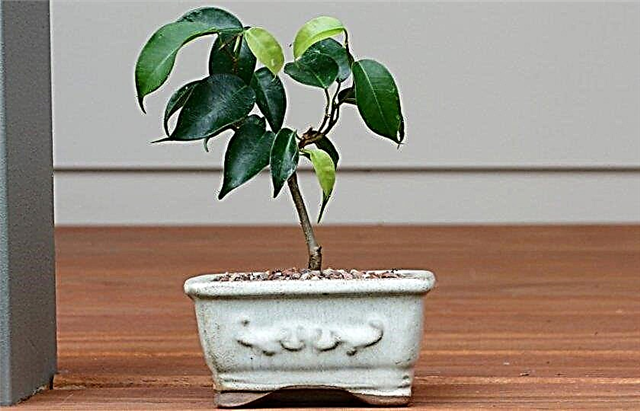
Scrupulous observance of not so complicated agrotechnical rules for growing ficuses, as well as a systematic examination of the state of the green mass of the plant ensures that nothing will happen to its elegant leaves.












